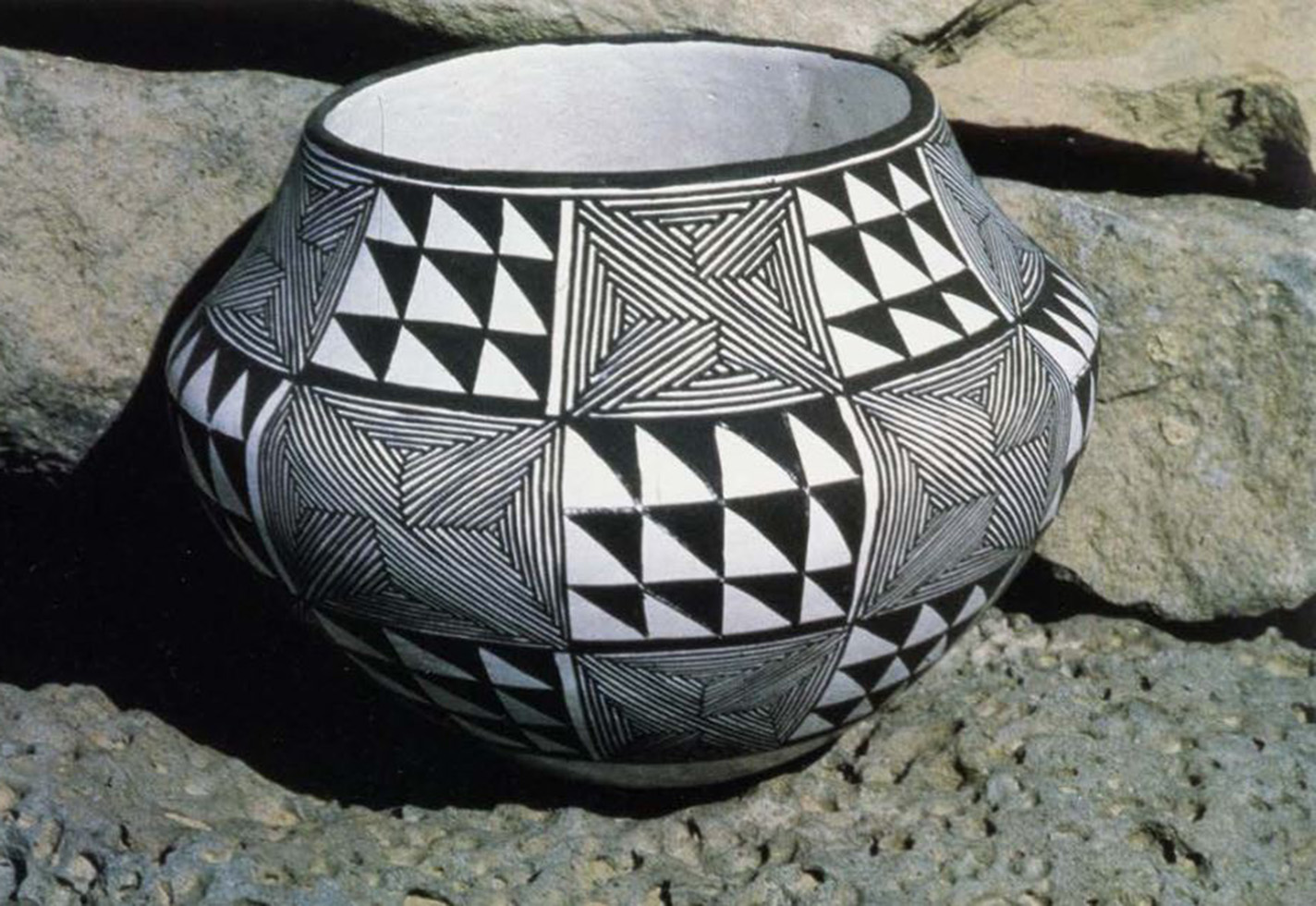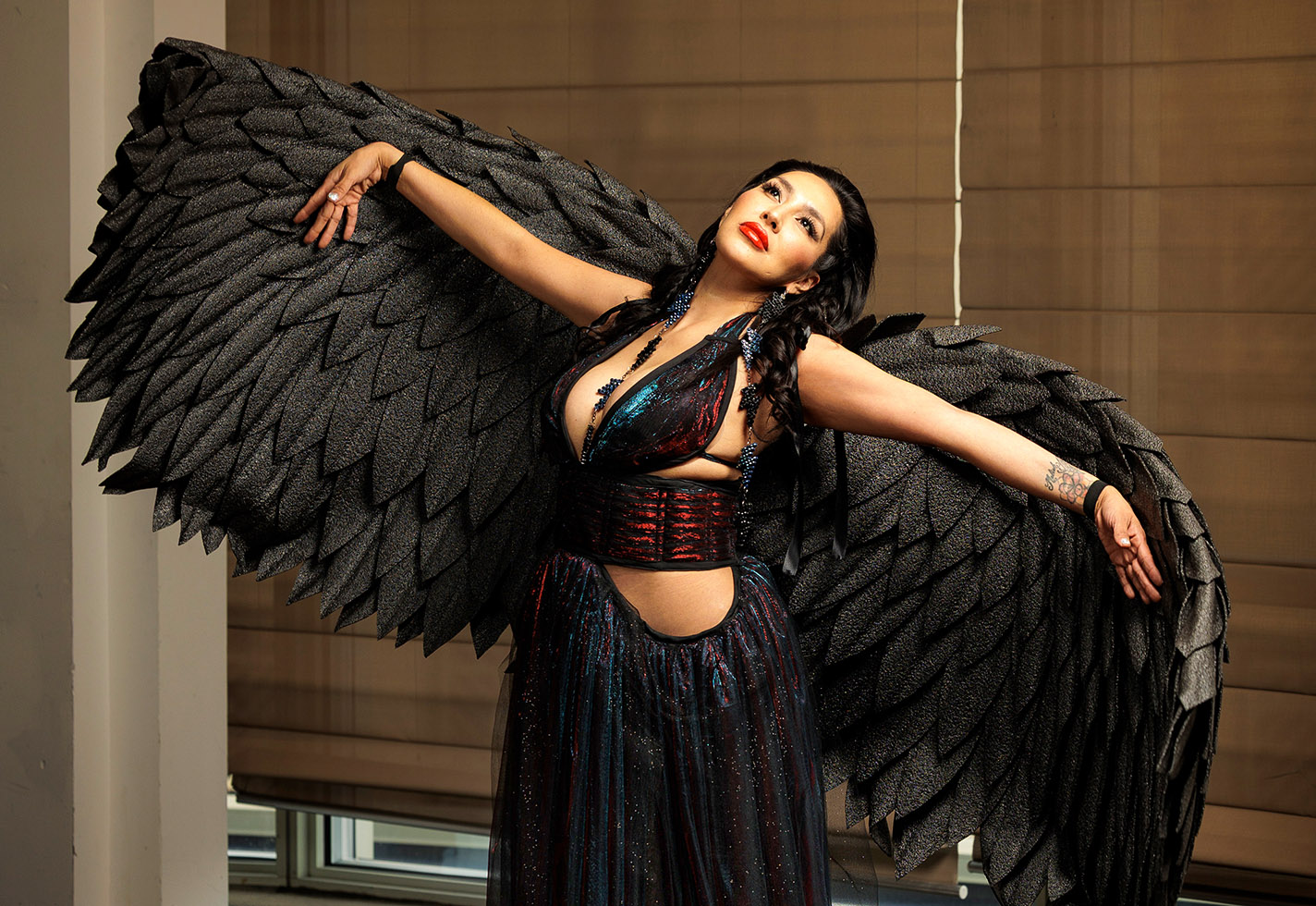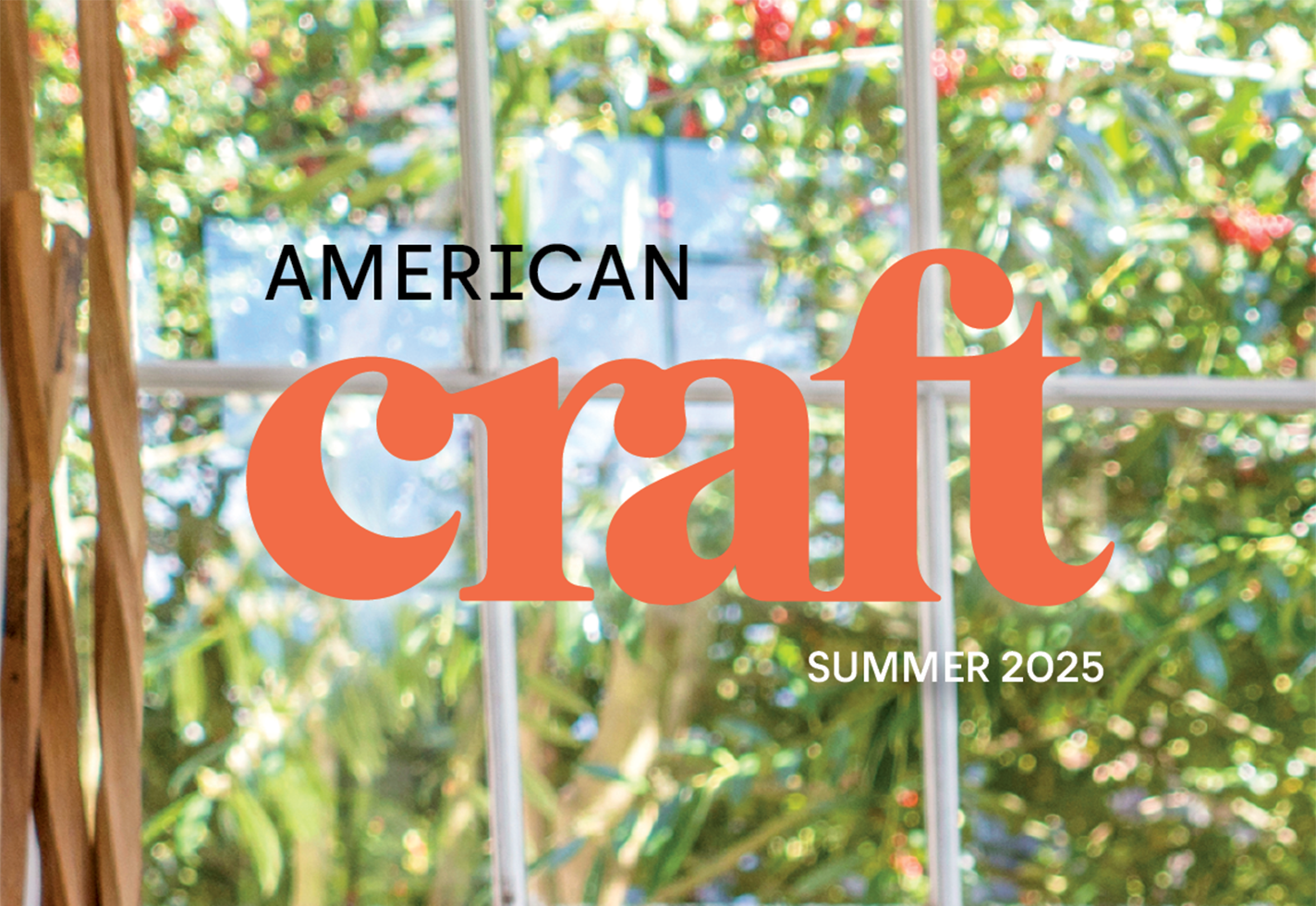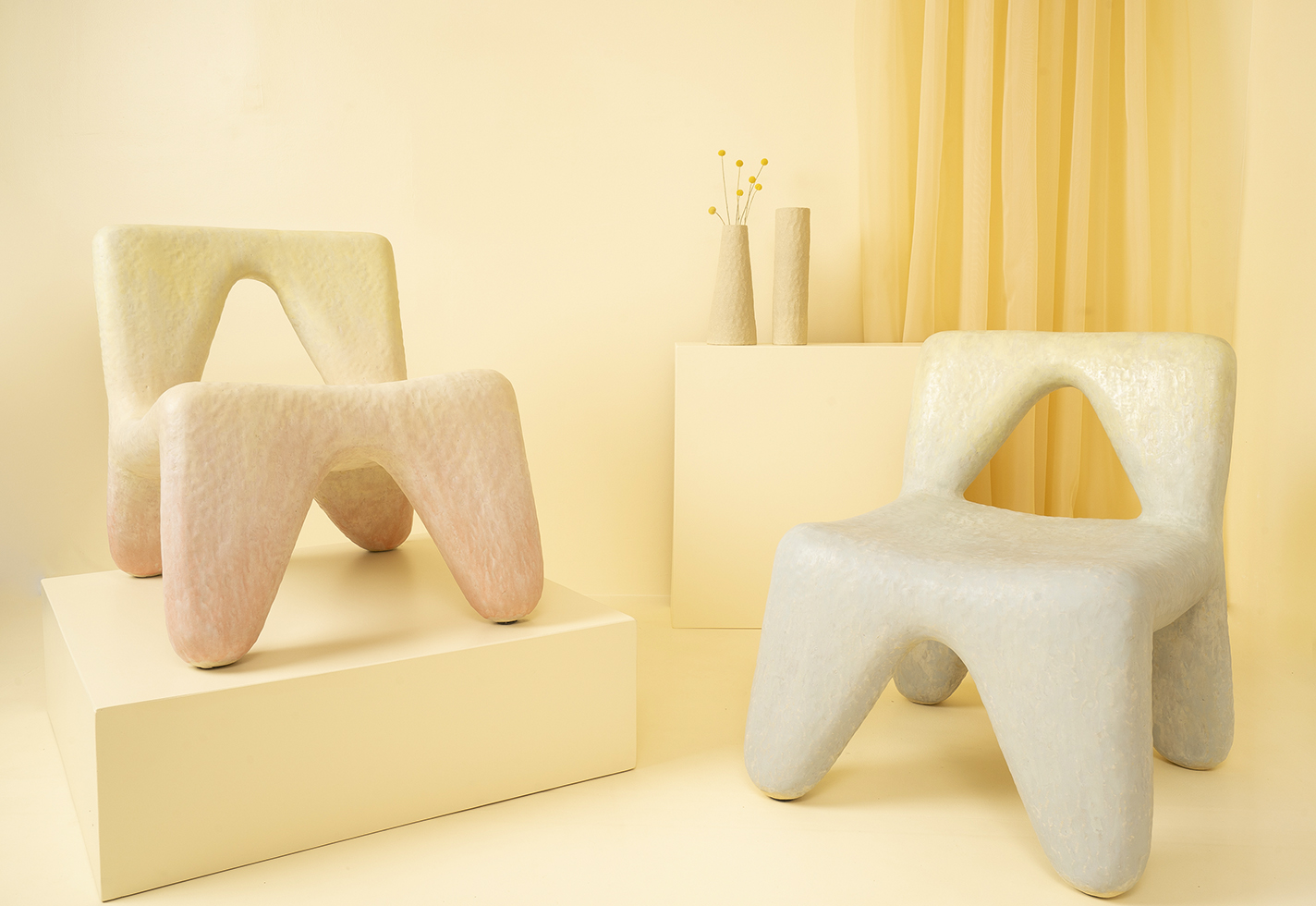Crafted stories.
Every object has a maker, and every maker has a story. Discover the narratives of emerging and established artists, the evolution of their creations, and how the everyday is made more extraordinary through the fine art of craft.
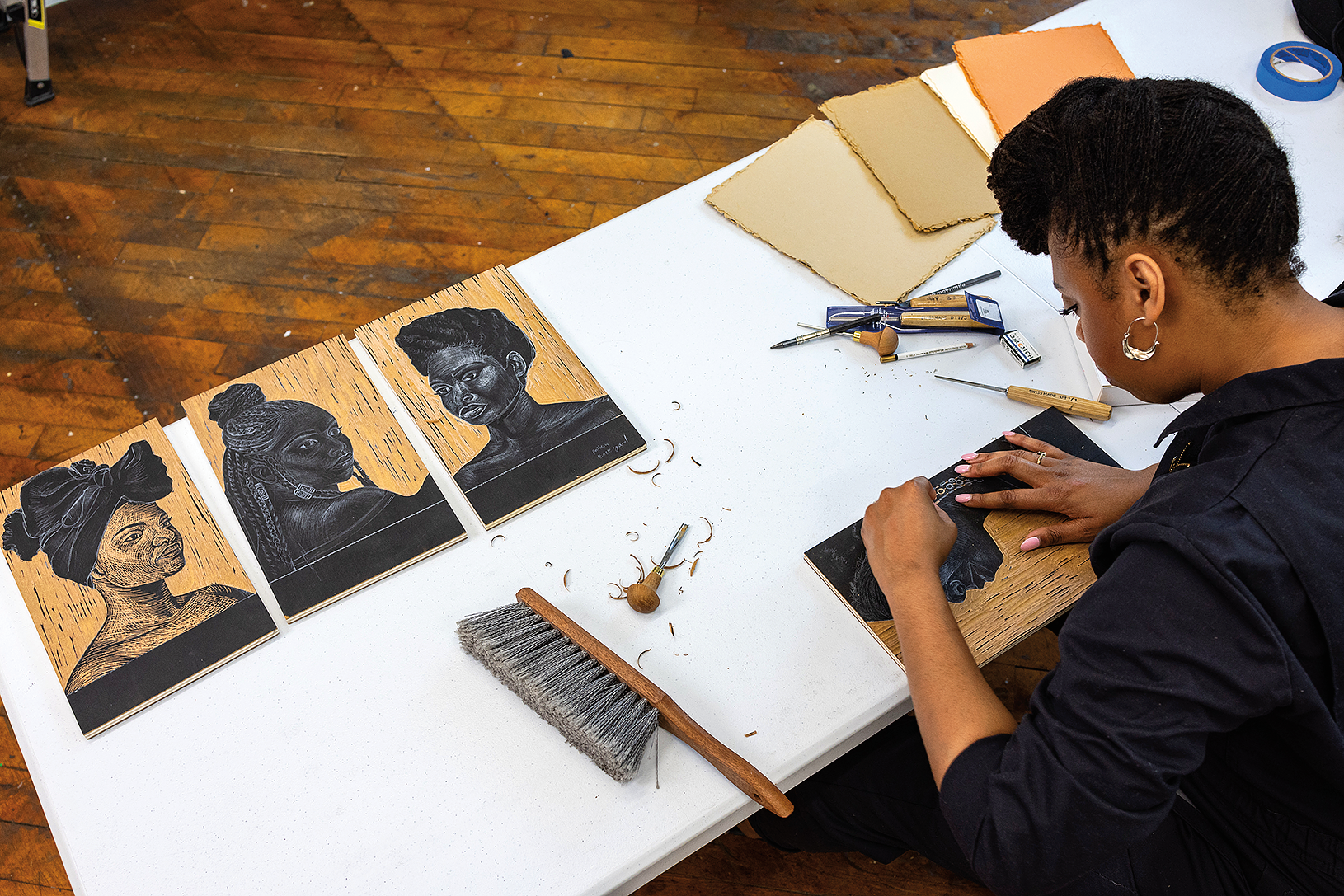
You are now entering a filterable feed of Articles.
227 articles
-
![Kevin Reiswig holds a tree branch-shaped sculpture crafted from reclaimed wood at his studio in Port Townsend, Washington.]() MakersFree To Read
MakersFree To ReadHow I Made It with Kevin Reiswig
VIDEO: See how sculptor and furniture maker Kevin Reiswig makes sculptural tree branches from reclaimed wood.
Digital Only
-
![Black and white feather-pattern water jar by Lucy Lewis]() Free To Read
Free To ReadIndigenous Artists in the ACC Archives
Explore the archives to learn about Indigenous artists recognized through ACC Awards.
Digital Only
From the Archives -
![]() MakersFree To Read
MakersFree To ReadKapa Making with Page Chang
VIDEO: Page Chang of Pūko‘a Studios shares the process of making kapa, traditional Hawaiian barkcloth.
Digital Only
-
![Model wears a a winged black ensemble with a cutout waist.]() Points of ViewFree To Read
Points of ViewFree To ReadOn the Runway at Native Nations Fashion Night
An Indigenous writer reflects on the importance of the stylish, Minneapolis-based affair.
Digital Only
Previews + Reviews -
![]() ACC NewsFree To Read
ACC NewsFree To ReadAmerican Craft Council’s 82nd Birthday
Enjoy these images from the archives of ACC founder Aileen Osborn Webb's birthday celebrations over the years, as well as a look at "Celebration 20," a 1976 exhibit at the American Craft Council's Museum of Contemporary Craft that commemorated the 20 years of the museum. As part of the festivities, the museum held a "Celebration Cake Exhibition," featuring both edible and fantasy cakes.
Digital Only
-
![]() MakersFree To Read
MakersFree To ReadThe Queue: Kelsie Rudolph
Kelsie Rudolph’s ceramic furniture balances the hard and the soft. In The Queue, the Helena, Montana–based sculptor and ceramist shares about Montana’s booming craft community, the ergonomic principles behind her clay furniture, and the Korean tool she uses for working with slabs of clay.
Digital Only
The Queue -
![]() Free To Read
Free To Read -
![]() MakersFree To Read
MakersFree To ReadHigh Desert Workshop
A silversmith takes us inside the outbuilding where she makes bits, spurs, and jewelry in southwestern Wyoming.
Summer 2025
Features + Profiles -
![Two soft-looking ceramic chairs with textured surfaces in faded colors.]() MakersFree To Read
MakersFree To ReadThe Hard and the Soft
Kelsie Rudolph makes ceramic chairs, benches, lamps, and side tables prized by a Los Angeles designer and a Paris gallery.
Summer 2025
Features + Profiles
Story categories.
-
Craft Happenings
Browse a timely, curated, and frequently updated list of must-see exhibitions, shows, and other events.
-
Points of View
Essays, craft histories, ideas, analysis, and other perspectives on the significance of craft.
-
Makers
Profiles, interviews, studio tours, and videos on people who are making the world more beautiful.
-
Materials & Processes
Learn about materials and how craftspeople transform them into functional and sculptural works.
-
Handcrafted Living
Discover practical and pleasing handmade goods and stories about living with meaningful objects.
-
Travel
Explore the world of craft by visiting the places and communities where it is created and celebrated.
-
Media Hub
Discover new books, niche periodicals, videos, and podcasts—plus highlights from ACC’s archives.
-
ACC News
Explore the impact of the American Craft Council and the ACC community through stories and updates on our programs, events, artists, and more.
Explore American Craft magazine.
Award-winning journalism in the craft field.
Learn more about one of the country’s leading publications on the diversity of American craft and its makers.

Become a member
Join today and start your craft journey!
Support makers, celebrate the handcrafted, and get American Craft delivered to your home with a membership to the American Craft Council.

